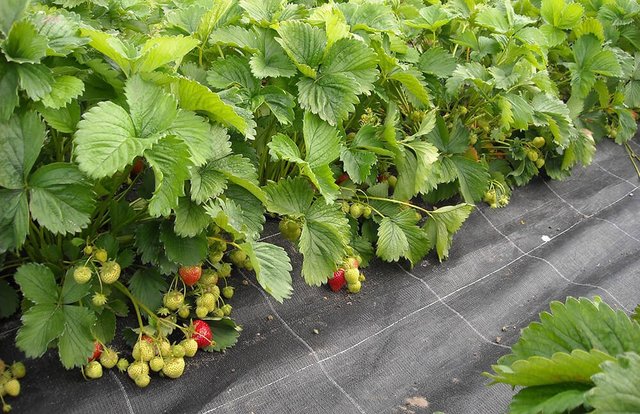Plant disease is the main enemy of agricultural production. According to the Food and Agriculture Organization of the United Nations (FAO), the average annual loss of production due to plant diseases is 10% to 15%.At present, the main means of controlling plant diseases is chemical fungicides. However, due to potential human health hazards, environmental pollution, non-target organisms, and development of plant pathogen resistance, the development of chemical fungicide has been limited. Biological fungicide are attracting more and more people’s attention and interest.

What’s Biofungicides?
Bio-sourced fungicides refer to the direct use of biologically active substances produced by biological organisms or biological metabolic processes or substances extracted from organisms as a disease prevention and treatment. The concept of biological pesticides is vague and can be considered equivalent to biologically derived fungicides.According to statistics, there are more than 100 kinds of biological pesticides products in the world, but more than 90% are bio-insecticides. The next important commercial bio pesticide will be a bio fungicide.The bio fungicide currently developed are basically microbial fungicides of bacteria, fungi and antibiotics, mainly including agricultural antibiotics, bacterial fungicides, fungal fungicides and viral fungicides. Microbial fungicides mainly inhibit the energy production of pathogens, interfere with biosynthesis and destroy cell structure, have strong compatibility and low toxicity, others also have the effect of stimulating plant growth.
Kinds of Biofungicides
- Agricultural antibiotics
Agricultural antibiotic bactericides are secondary metabolites produced by microbial fermentation processes that inhibit or kill plant pathogens and regulate crop growth and development at low concentrations. For example, Kasugamycin, Jinggangmycin, Polyoxymycin and Streptomycin. At present, agricultural antibiotic fungicides are the leading force of biocides.
- Bacteria fungicide
In recent years, people have gradually recognized the important role of Gram-positive bacteria in biological control. In particular, Bacillus spp. has a wide variety of resources and abundant resources. The formation of spores makes them adaptable and resistant to stress, easy to industrialize production and storage, and has great potential for application. Bacillus subtilis has a good control effect on the plant pathogenic bacteria Fusarium and Rhizoctonia, and at the same time has the functions of preventing disease and promoting crop growth.Because of the variety of bacteria, large quantities, rapid reproduction, and easy artificial culture and control, the research and development of bacterial fungicides has great prospects.
- Fungal fungicide
The most widely studied and applied fungal fungicides are Trichoderma spp. The inhibition of phytopathogenic fungi by Trichoderma has been discovered. It has good effect on resistance to various diseases such as blight, sclerotinia, pythium and botrytis. It has a good market prospect.
Advantages of Biofungicides
- Strong selectivity and safety for humans and animals. At present, most of the bio fungicides developed and widely applied in the market have effects only on diseases, such as humans, animals and various beneficial organisms (including natural enemies of animals, natural enemies of insects, bees, pollinators and aquatic organisms such as fish and shrimp). It is safer and has less impact on non-target organisms.
- The impact on the ecological environment is small. The biological fungicide mainly uses the special disease prevention and growth promoting function of certain special microorganisms or metabolites of microorganisms to achieve the control effect. Its effective active ingredients are completely present and derived from natural ecosystems. Its greatest feature is that it is easily decomposed by sunlight, plants or various soil microorganisms. It is a way of material circulation that comes from nature and belongs to nature.
- Production and processing of agricultural and sideline products can be utilized. At present, domestic production and processing of biological fungicides generally use natural renewable resources (such as corn, bean cake, fish meal, wheat bran or some plant bodies). Therefore, the production of biofungicides generally does not create conflicts with the use of non-renewable resources (such as oil, coal, natural gas, etc.) to produce chemical synthetic products for raw materials, and is conducive to the protection and permanent use of human natural resources.
Article from:https://www.doraagri.com/what-is-biofungicides/